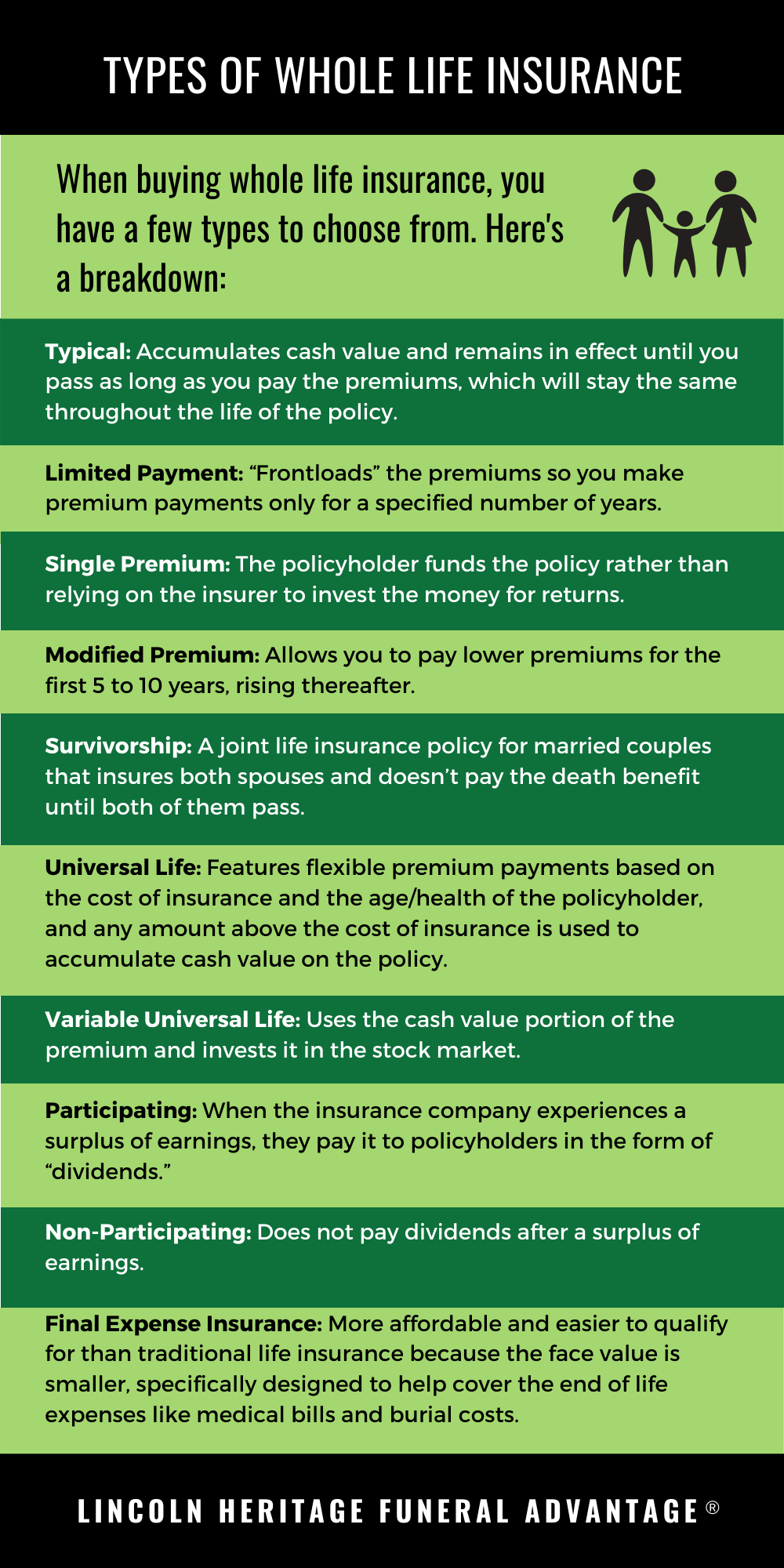Introduction
Have you ever been in a car accident and felt pain radiating down your leg? If so, you may have experienced sciatica. Sciatica is a common condition that can be caused by a herniated disk in your spine. When a disk herniates, it can press on the sciatic nerve, which runs down the back of your leg. This can cause pain, numbness, and weakness in your leg.
Car accidents are a common cause of sciatica. The sudden impact of a car accident can cause your spine to jerk, which can lead to a herniated disk. If you have been in a car accident and are experiencing sciatica, it is important to see a doctor to get a diagnosis and treatment plan.
Symptoms of Sciatica
The most common symptom of sciatica is pain that radiates down the back of your leg. The pain can be mild or severe, and it can come and go or be constant. Other symptoms of sciatica can include:
- Numbness or tingling in your leg
- Weakness in your leg
- Difficulty walking or standing
- Pain that worsens when you cough or sneeze
- Pain that is worse at night
Causes of Sciatica
The most common cause of sciatica is a herniated disk. However, sciatica can also be caused by other conditions, such as:
- Spinal stenosis
- Degenerative disk disease
- Piriformis syndrome
- Cauda equina syndrome
Treatment for Sciatica
The treatment for sciatica depends on the underlying cause. In most cases, sciatica can be treated with conservative measures, such as:
- Rest
- Ice
- Heat
- Physical therapy
- Medication
In some cases, surgery may be necessary to treat sciatica. Surgery is typically only recommended if conservative measures have failed to relieve your pain.
Car Accident Sciatica: A Guide to Symptoms and Treatment
If you’ve recently been involved in a car accident, you may be experiencing sciatica, a condition that causes pain, numbness, and tingling in the lower back, buttocks, and legs. Sciatica is caused by irritation or compression of the sciatic nerve, which runs from the lower back down the back of each leg. While sciatica can be a painful and debilitating condition, it can be managed with treatment.
Symptoms of Sciatica
The most common symptom of sciatica is pain that radiates from the lower back down the back of one leg. The pain can be sharp, burning, or aching, and it may be worse with sitting, standing, or walking. Other symptoms of sciatica include:
- Numbness or tingling in the lower back, buttocks, or legs
- Weakness in the legs or feet
- Difficulty with balance or walking
- Pain that is worse at night or when you cough or sneeze
Causes of Sciatica
Sciatica is most commonly caused by a herniated disc in the lower back. A herniated disc occurs when the soft, jelly-like center of a spinal disc pushes through the tough outer layer of the disc. This can put pressure on the sciatic nerve, causing pain and other symptoms. Other causes of sciatica include:
- Spinal stenosis, a narrowing of the spinal canal
- Degenerative disc disease, a condition in which the discs between the vertebrae break down
- Pi梨formis muscle syndrome, a condition in which the piriformis muscle, located in the buttocks, compresses the sciatic nerve
Treatment for Sciatica
The treatment for sciatica depends on the underlying cause of the condition. In most cases, conservative treatment, such as rest, ice, and physical therapy, can help to relieve symptoms. In some cases, surgery may be necessary to relieve pressure on the sciatic nerve.
Prevention of Sciatica
There is no surefire way to prevent sciatica, but there are some things you can do to reduce your risk of developing the condition. These include:
- Maintaining a healthy weight
- Exercising regularly
- Using proper body mechanics when lifting heavy objects
- Avoiding sitting or standing for long periods of time
- Getting regular checkups with your doctor
Car Accident Sciatica: A Debilitating Injury
Car accidents are a leading cause of sciatica, a condition characterized by radiating pain that travels down the sciatic nerve, often extending from the lower back to the buttocks and legs. The sudden and forceful impact of a car crash can cause various injuries to the spine and surrounding structures, potentially damaging the sciatic nerve or the nerves that contribute to it.
Causes of Sciatica
The sciatic nerve is the longest nerve in the human body. It originates in the lower spine and runs down the back of the thigh, branching out to innervate the muscles and skin of the buttocks, legs, and feet. Damage to the sciatic nerve, or the nerve roots that form it, can result in sciatica.
In a car accident, the forces involved can cause damage to the discs in the spine. These discs act as cushions between the vertebrae, providing flexibility and shock absorption. When discs are damaged, they can bulge or herniate, pressing on the sciatic nerve. Additionally, the impact can cause misalignment or fractures of the vertebrae, further impinging on the nerve.
Other potential causes of car accident-related sciatica include muscle strains or spasms, ligament injuries, and even bruising or swelling around the sciatic nerve. In some cases, the pain may also originate from the sacroiliac joint, which connects the pelvis to the spine. Understanding the underlying cause of sciatica is crucial for developing an effective treatment plan, alleviating pain, and restoring function.
Car Accident Sciatica
Sciatica is a condition that causes pain, numbness, and tingling in the lower back, buttocks, and legs. It is caused by compression of the sciatic nerve, which runs from the lower back down the back of each leg. Sciatica can be caused by a number of things, including a herniated disc, spinal stenosis, and pregnancy. However, one of the most common causes of sciatica is a car accident.
Symptoms of Sciatica
The symptoms of sciatica can vary depending on the severity of the compression. Some people may experience only mild pain, while others may experience severe pain that makes it difficult to walk or stand. Common symptoms of sciatica include:
- Pain, numbness, or tingling in the lower back, buttocks, and legs
- Weakness in the legs or feet
- Difficulty walking or standing
- Loss of bladder or bowel control
Treatment for Sciatica
Treatment for sciatica depends on the underlying cause. In most cases, treatment will focus on relieving pain and inflammation. This may include:
- Pain medication
- Physical therapy
- Surgery
Pain Medication
Pain medication can be used to relieve the pain of sciatica. Over-the-counter pain relievers, such as ibuprofen or naproxen, can be effective for mild pain. Prescription pain relievers may be necessary for more severe pain.
Physical Therapy
Physical therapy can help to strengthen the muscles around the spine and improve flexibility. This can help to reduce the compression on the sciatic nerve and relieve pain. Physical therapy may also include massage, heat therapy, and electrical stimulation.
Surgery
Surgery may be necessary if other treatments have not been successful. Surgery can be used to remove a herniated disc or to widen the spinal canal. Surgery is typically only recommended for severe cases of sciatica.
Preventing Sciatica
There is no sure way to prevent sciatica, but there are some things you can do to reduce your risk. These include:
- Maintaining a healthy weight
- Exercising regularly
- Using proper body mechanics when lifting heavy objects
- Getting enough sleep
- Avoiding smoking
Living with Sciatica
Sciatica can be a painful and debilitating condition. However, there are a number of things you can do to manage the pain and improve your quality of life. These include:
- Taking pain medication as prescribed
- Attending physical therapy sessions
- Losing weight if you are overweight or obese
- Exercising regularly
- Using proper body mechanics when lifting heavy objects
- Getting enough sleep
If you are experiencing symptoms of sciatica, it is important to see a doctor to get a diagnosis and treatment plan. With proper treatment, most people with sciatica can improve their symptoms and live a full and active life.
Car Accident Sciatica: What It Is and How to Deal With It
After a car accident, you might experience a sharp, shooting pain that extends down your leg. This could be sciatica. Sciatica is a common condition that occurs when the sciatic nerve is irritated or compressed. The sciatic nerve is the longest nerve in the body, running from the lower back through the buttocks and down the back of each leg. When the sciatic nerve is irritated, it can cause pain, numbness, and tingling in the lower back, buttocks, and legs.
Car accidents are a common cause of sciatica. The force of the impact can damage the sciatic nerve, leading to irritation and pain. Other causes of sciatica include herniated disks, spinal stenosis, and piriformis syndrome.
If you are experiencing sciatica after a car accident, it is important to see a doctor to rule out any other potential injuries. Your doctor may recommend conservative treatments, such as physical therapy, chiropractic care, or pain medication. In some cases, surgery may be necessary to relieve the pressure on the sciatic nerve.
Preventing Sciatica
There is no sure way to prevent sciatica, but there are some things you can do to reduce your risk, such as:
- Wearing a seatbelt when driving or riding in a car
- Practicing good posture
- Maintaining a healthy weight
- Getting regular exercise
- Avoiding heavy lifting
If you have a job that requires you to sit for long periods of time, get up and move around every 20-30 minutes. This will help to prevent the muscles in your back and legs from getting tight and putting pressure on the sciatic nerve.
Treating Sciatica
The treatment for sciatica depends on the severity of the condition. For mild cases, conservative treatments, such as physical therapy, chiropractic care, or pain medication, may be effective. In more severe cases, surgery may be necessary to relieve the pressure on the sciatic nerve.
Physical therapy can help to strengthen the muscles in your back and legs, which can help to take pressure off the sciatic nerve. Chiropractic care can also help to align the spine and relieve pressure on the sciatic nerve. Pain medication can help to relieve the pain and inflammation associated with sciatica.
Surgery may be necessary if conservative treatments are not effective. Surgery can be used to remove a herniated disk or to widen the spinal canal. Surgery is typically successful in relieving the pain of sciatica.
Living with Sciatica
If you have sciatica, there are some things you can do to manage the pain and improve your quality of life, such as:
- Getting regular exercise
- Losing weight if you are overweight or obese
- Using a heating pad or cold pack to relieve pain
- Taking over-the-counter pain medication
- Seeing a doctor for regular checkups
Sciatica can be a painful condition, but it can be managed with the right treatment. By following these tips, you can reduce your risk of developing sciatica and live a full and active life.
Car Accident Sciatica
Sciatica is a tricky problem that may easily become chronic if not remedied appropriately. With an overarching solution remaining elusive, various lifestyle and medical interventions can help manage sciatica. However, if you’ve suffered a car accident, there are some specific considerations to keep in mind.
The Nature of Sciatica
Sciatica refers to pain radiating along the sciatic nerve, extending from the lower back through the buttocks and down one leg. The culprit behind this discomfort is often a herniated or bulging disc pressing on the sciatic nerve. When this occurs, the nerve becomes irritated and inflamed, leading to pain, numbness, or weakness.
Car Accidents and Sciatica
Car accidents can create the perfect storm for sciatica to develop. The sudden impact and jarring forces can cause spinal misalignments or disc herniations, setting the stage for sciatic nerve irritation. However, it’s essential to note that sciatica may not manifest immediately after an accident. Symptoms can sometimes take days or weeks to emerge, so it’s crucial to seek medical evaluation promptly after any collision.
Seeking Medical Help
If you suspect sciatica following a car accident, don’t delay in seeking professional help. A doctor can conduct a thorough physical exam and order imaging tests like X-rays or MRIs to confirm the diagnosis and determine the extent of the nerve damage.
Treatment Options
Treatment for car accident sciatica will vary depending on the severity of your condition. Initially, conservative measures like rest, ice, and pain relievers may provide relief. Physical therapy can also help strengthen core muscles and improve spinal alignment, reducing pressure on the sciatic nerve. In some cases, injections may be used to reduce inflammation and pain. If these measures fail to alleviate symptoms, surgery may be necessary to remove the herniated or bulging disc.
Lifestyle Modifications
In addition to medical treatment, certain lifestyle modifications can help manage sciatica. Maintaining a healthy weight, practicing good posture, and avoiding prolonged sitting can reduce pressure on the sciatic nerve. Regular exercise, especially low-impact activities like swimming or walking, can strengthen back muscles and improve flexibility. Getting enough sleep and managing stress can also contribute to sciatica management.
Conclusion
Sciatica can be a debilitating condition, but it doesn’t have to control your life. By understanding the causes and symptoms associated with car accident sciatica, you can take proactive steps toward managing your pain and improving your quality of life. Don’t ignore the warning signs; seek medical attention promptly to develop a treatment plan that addresses your specific needs.




Leave a Reply